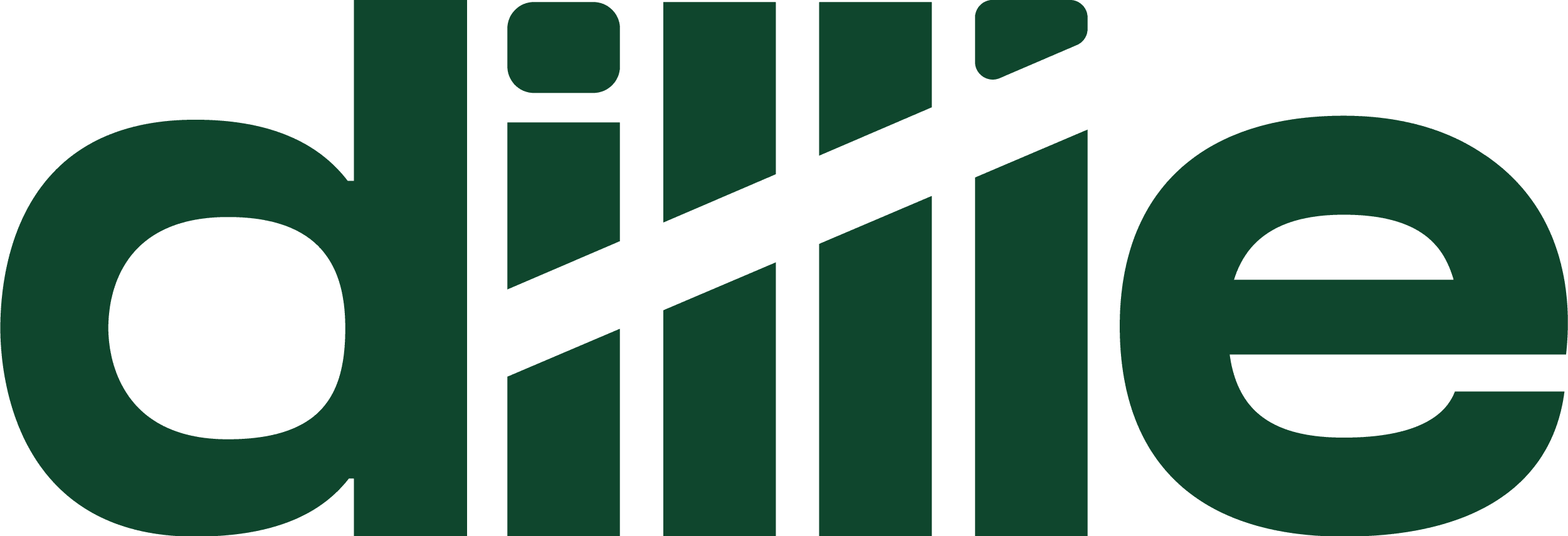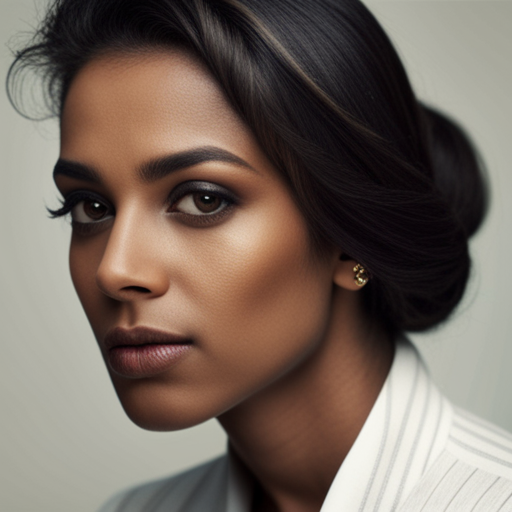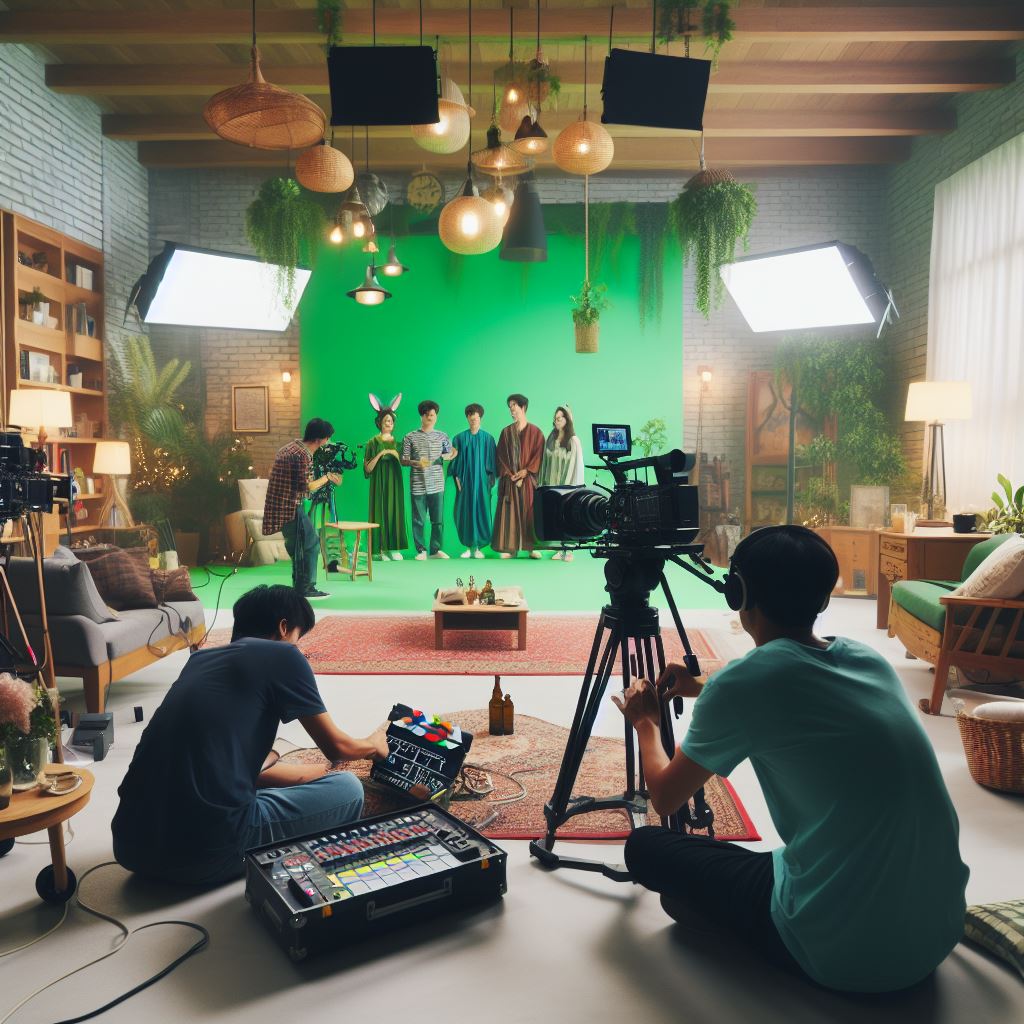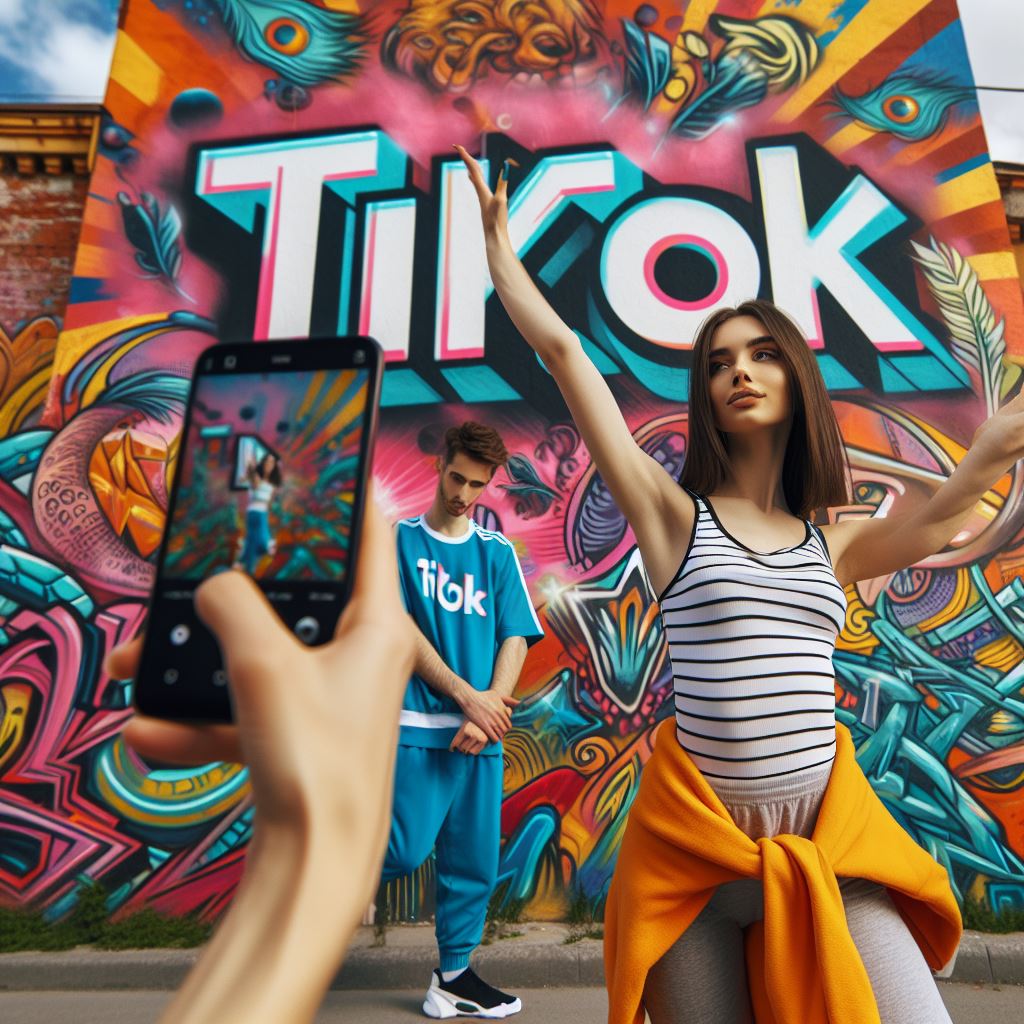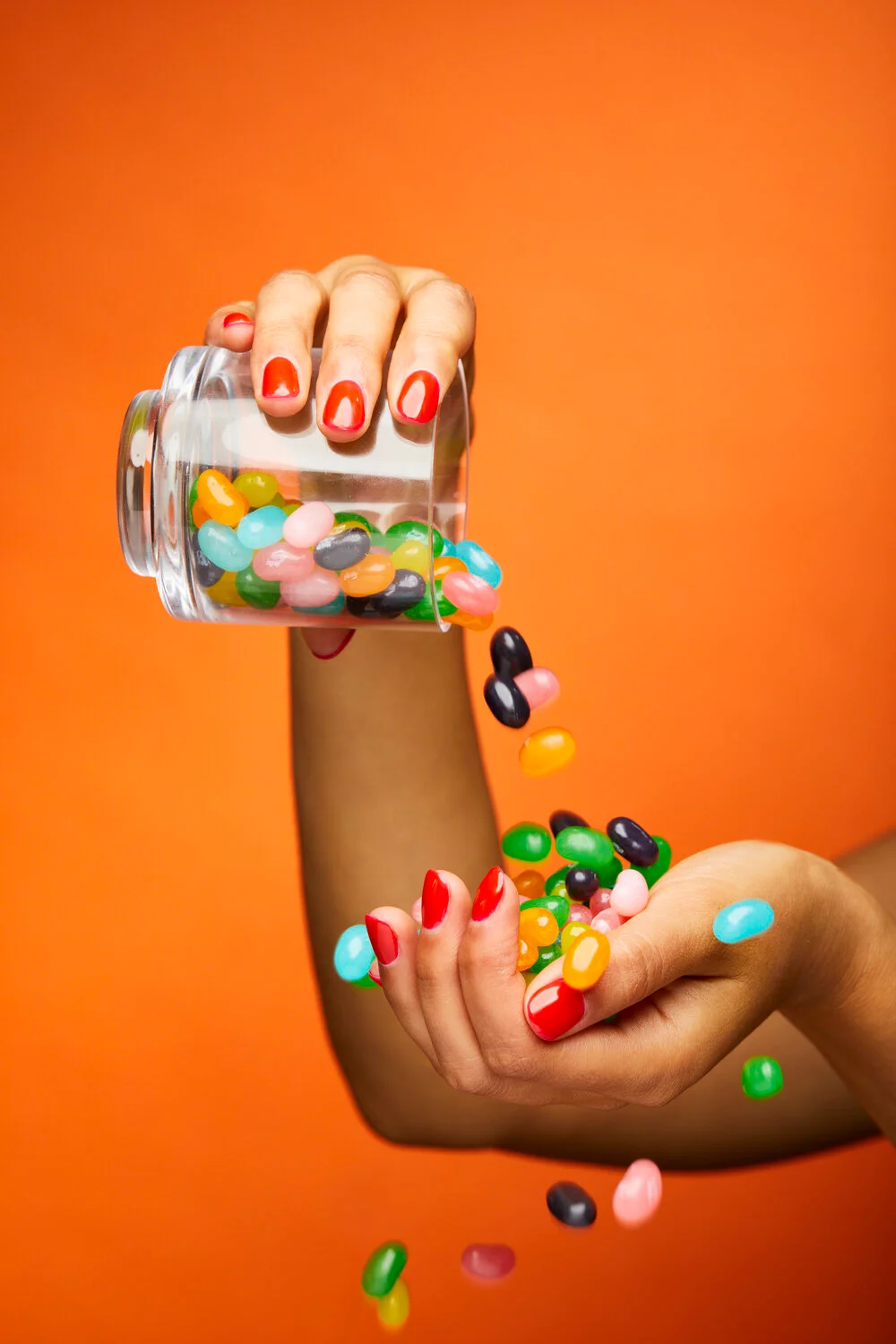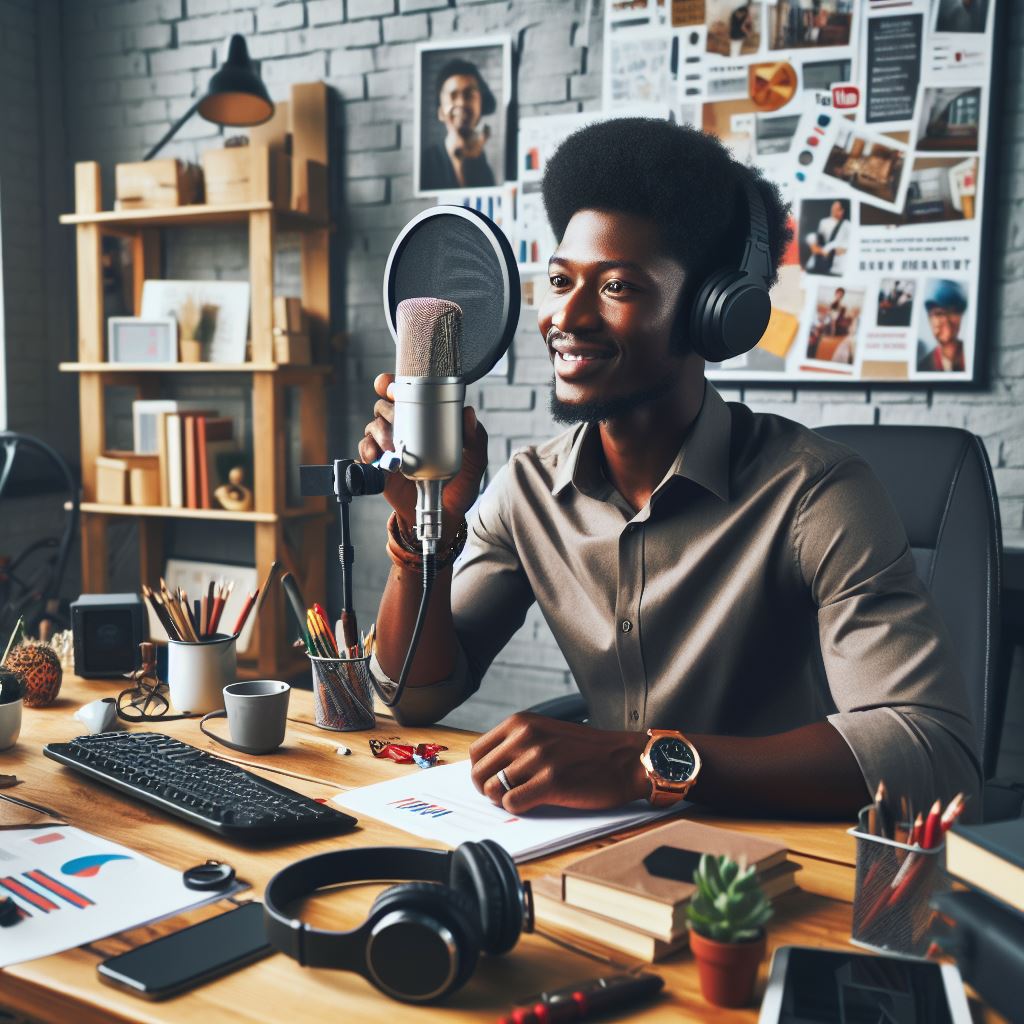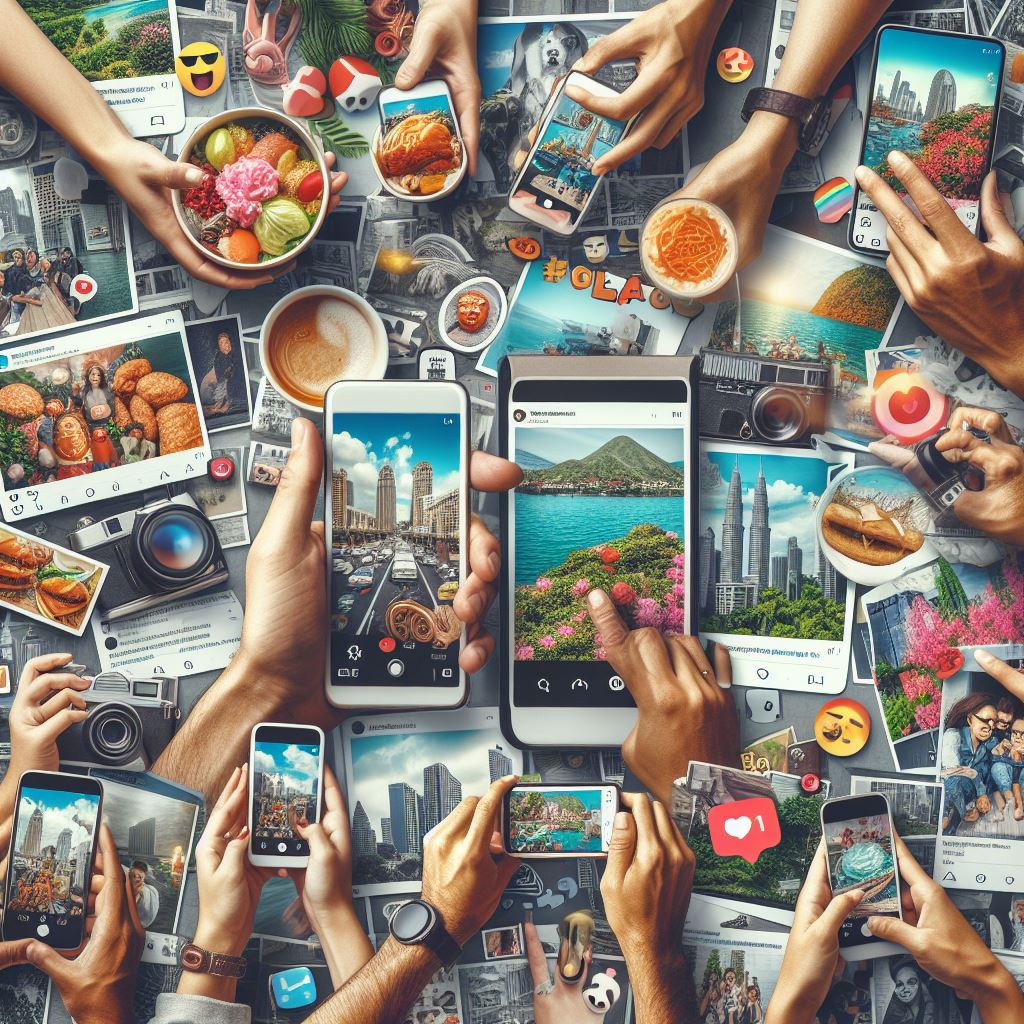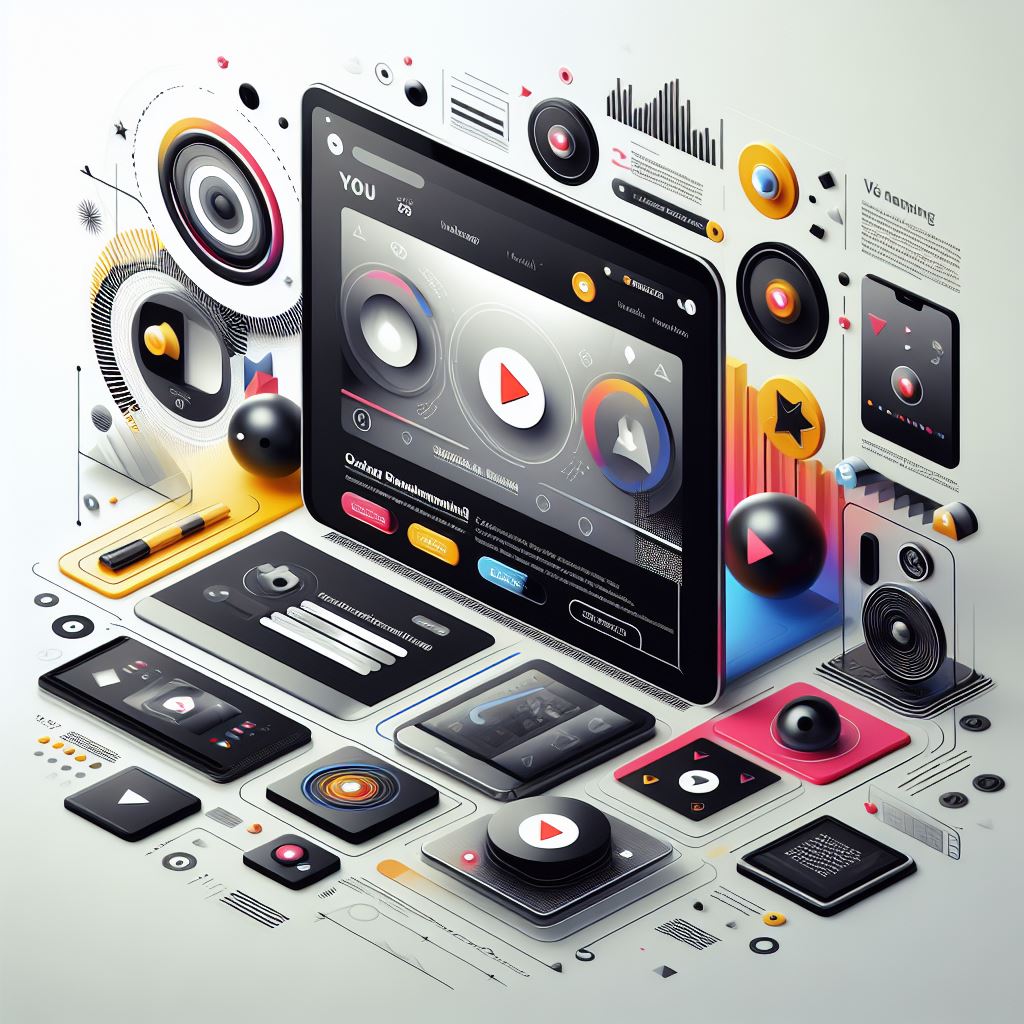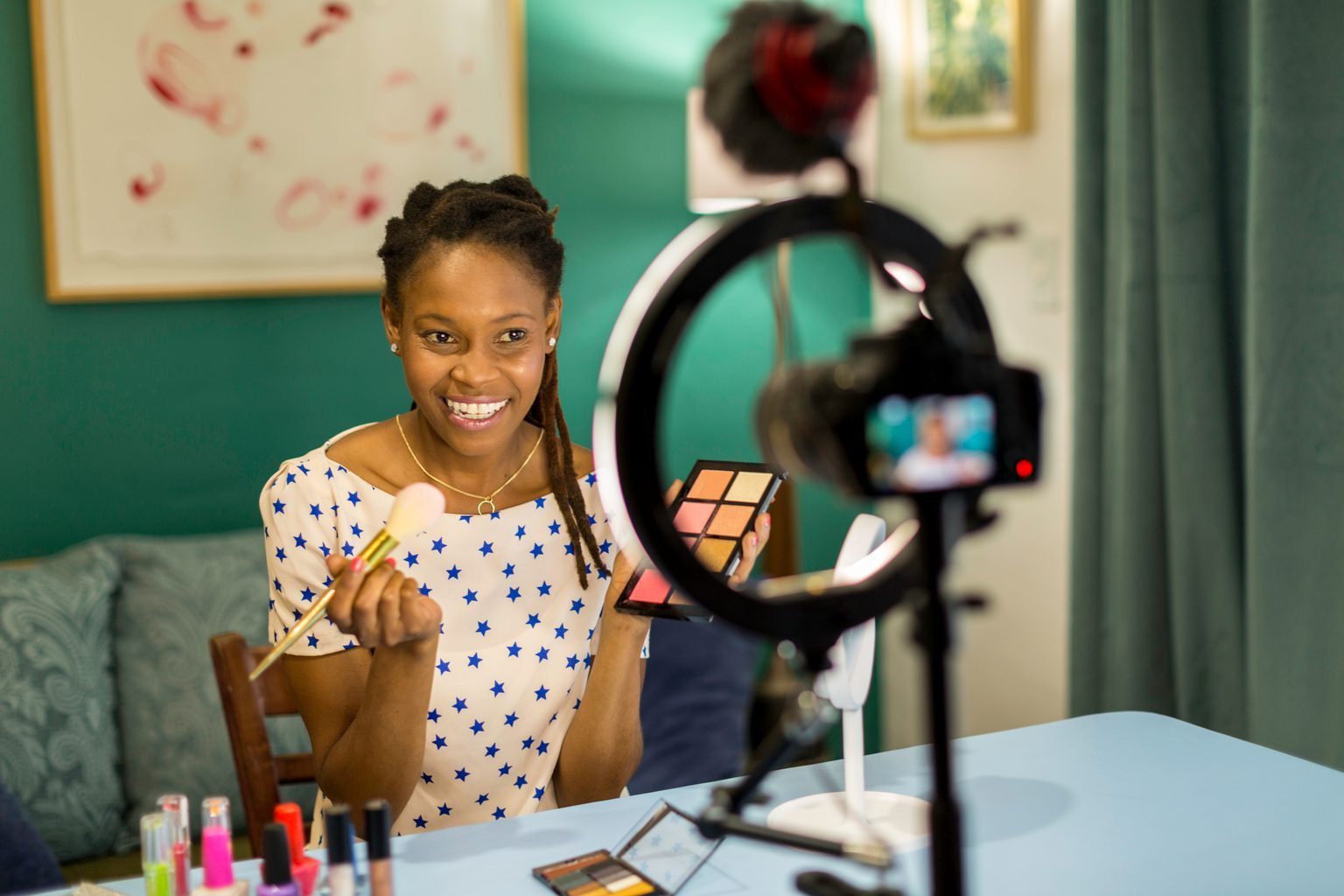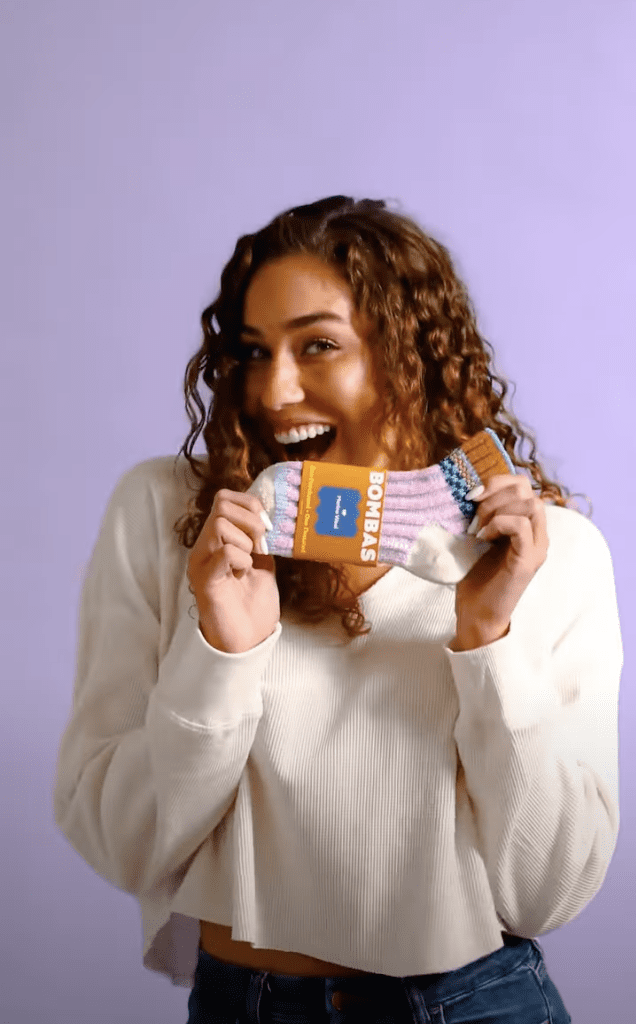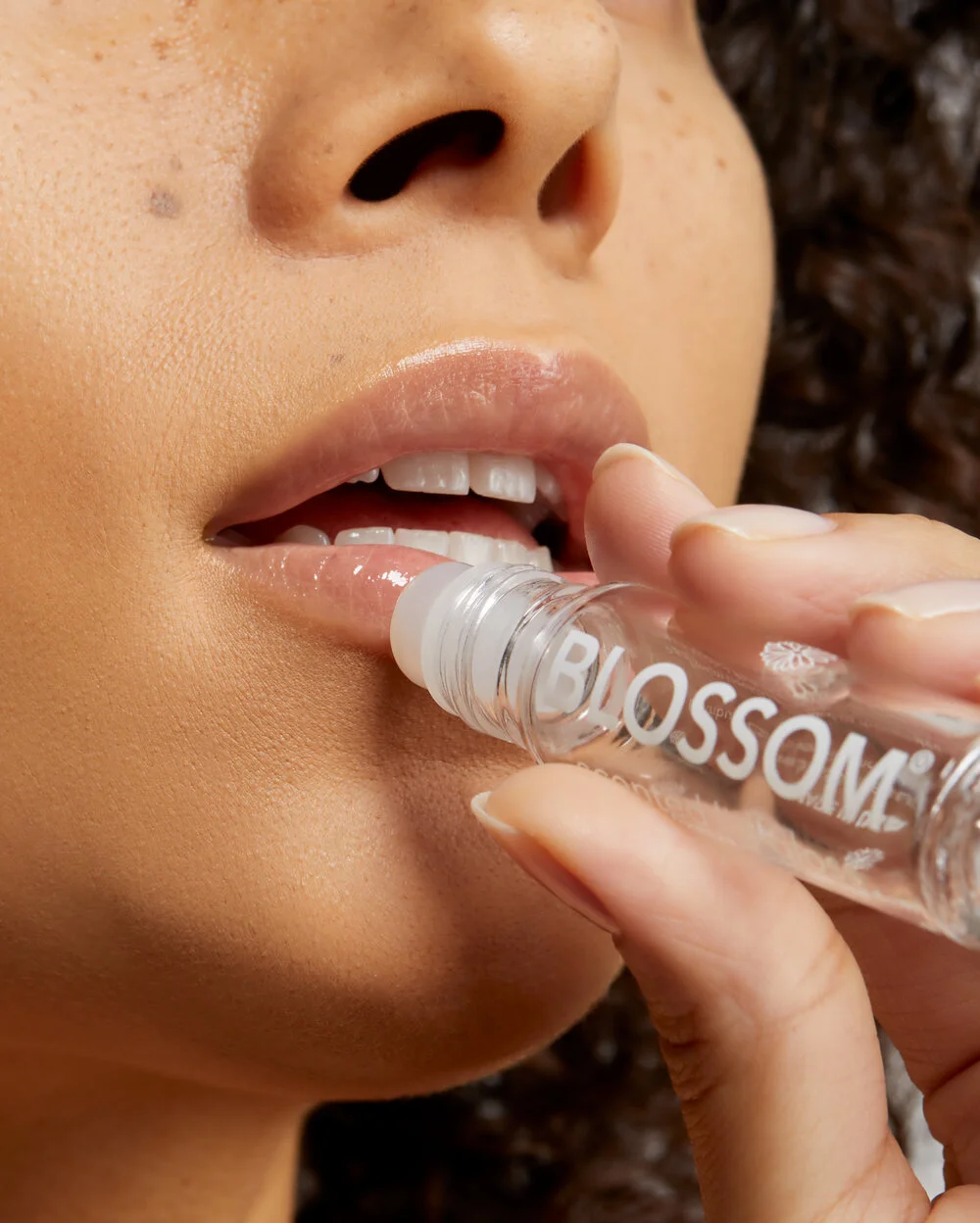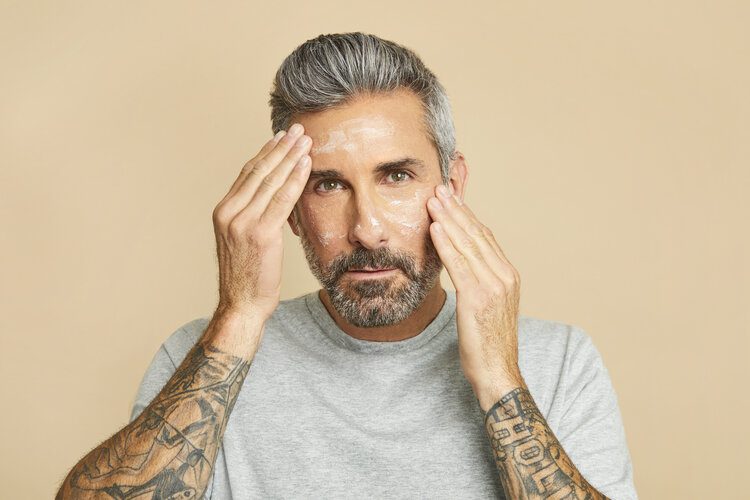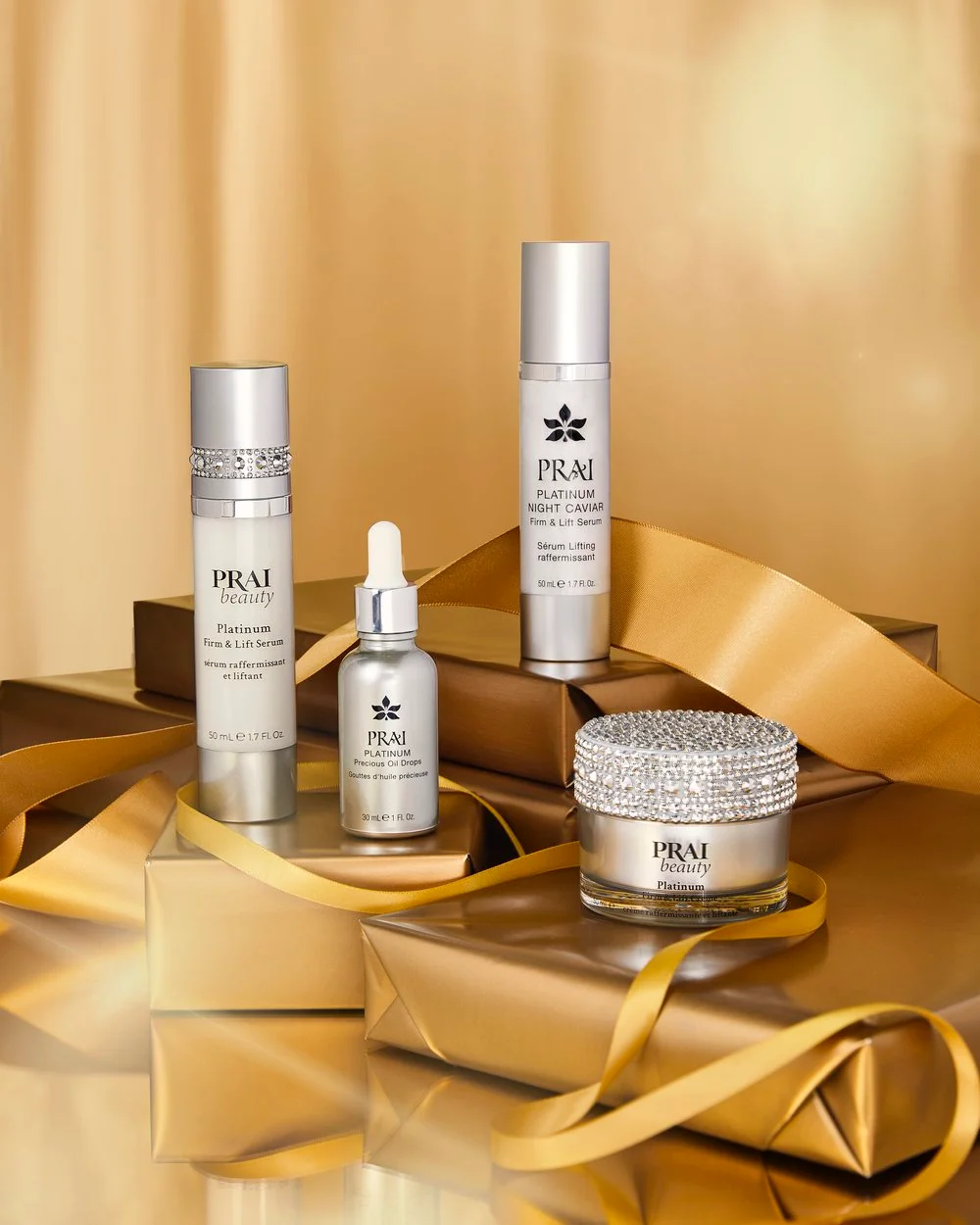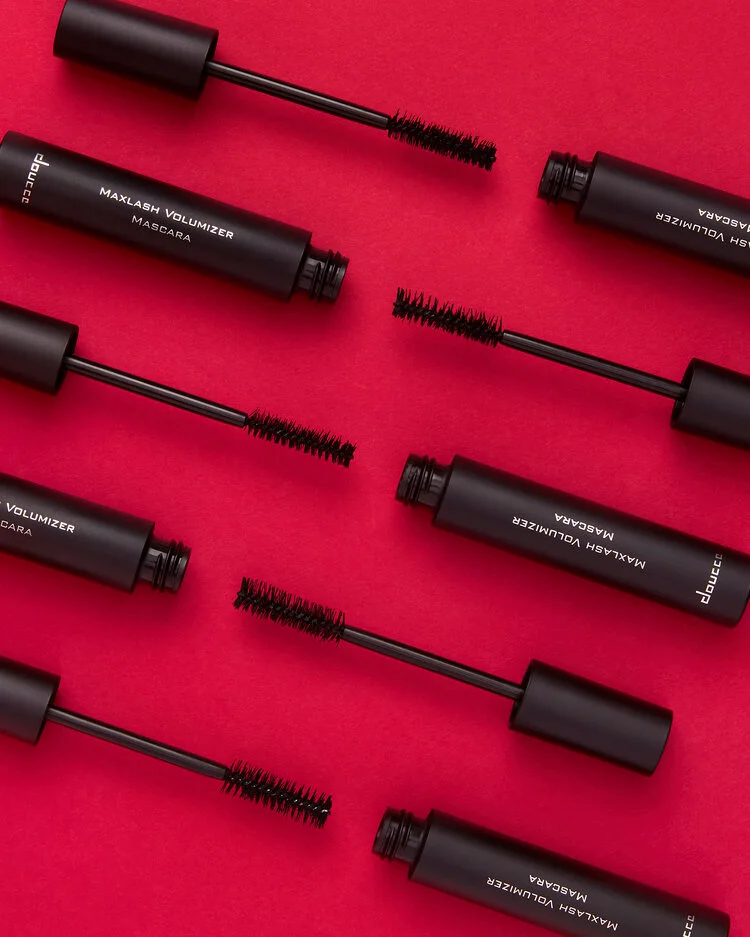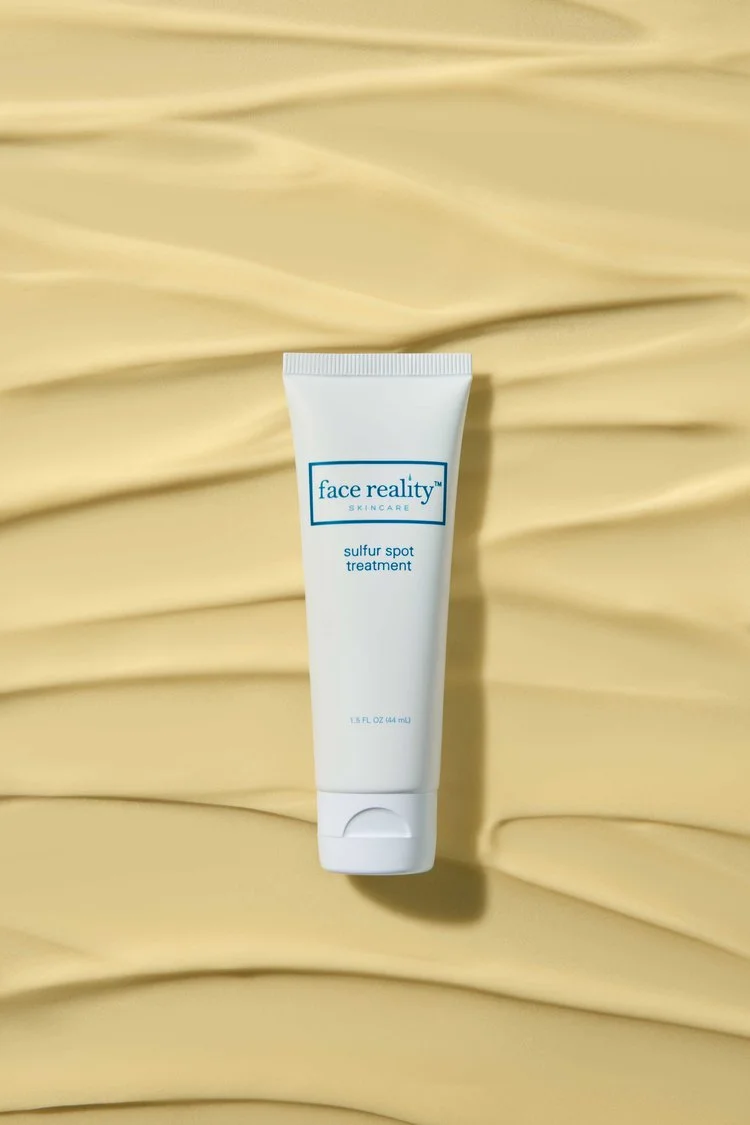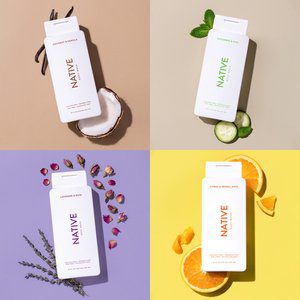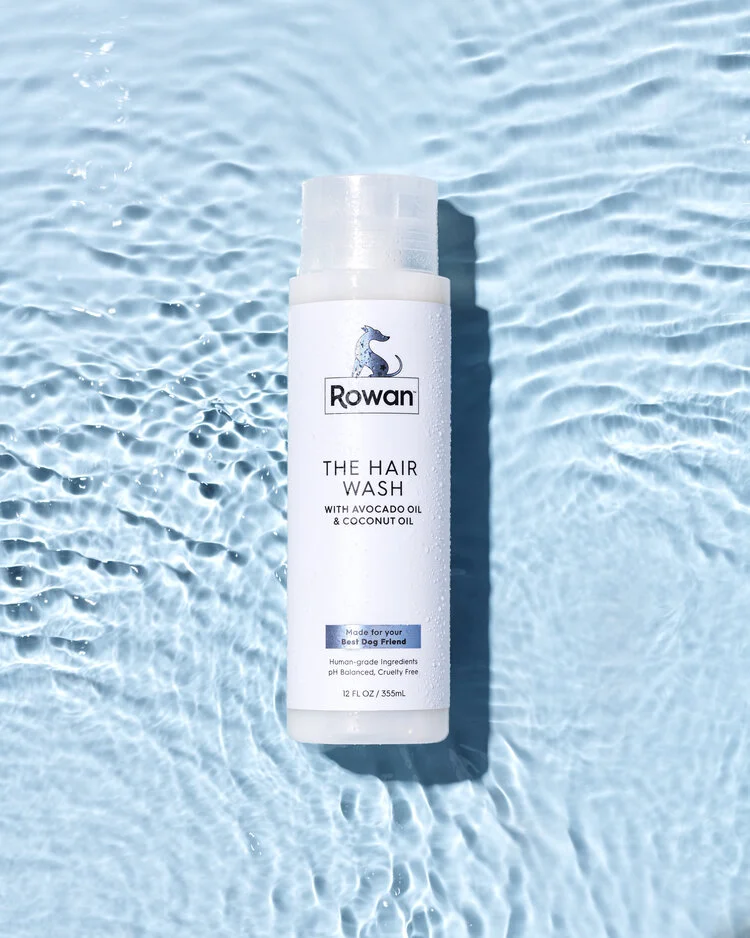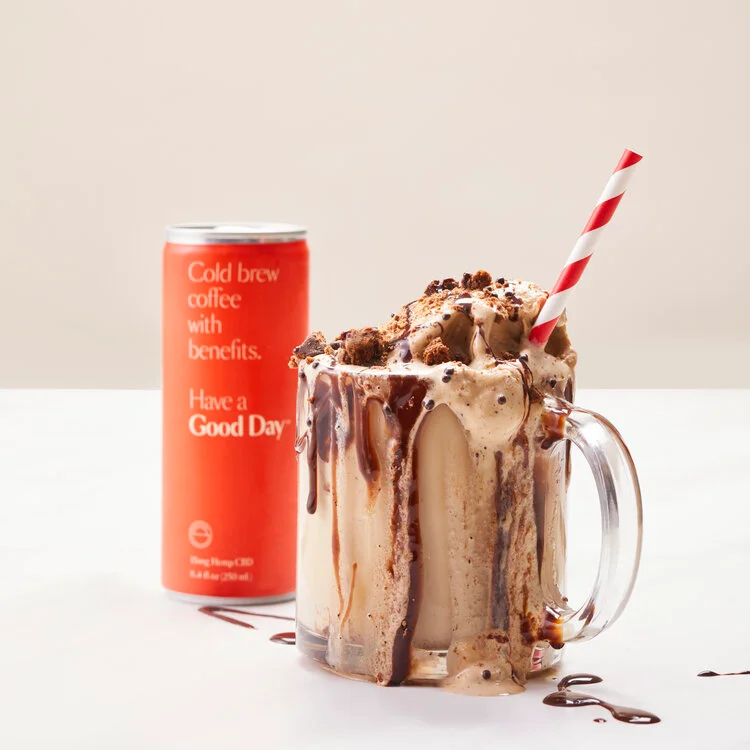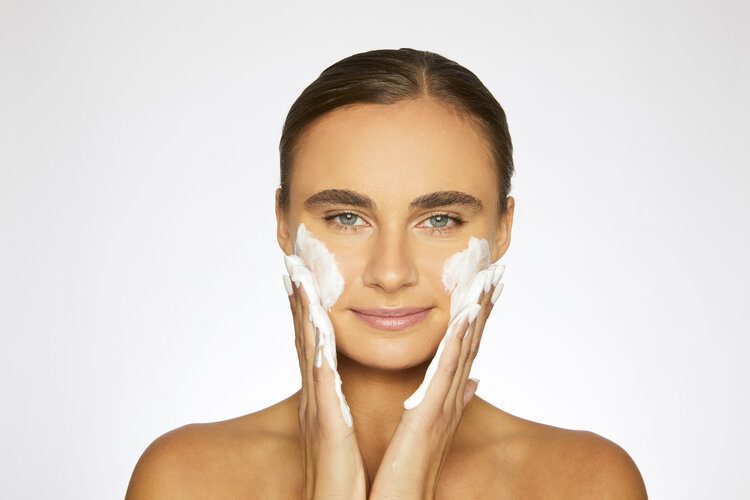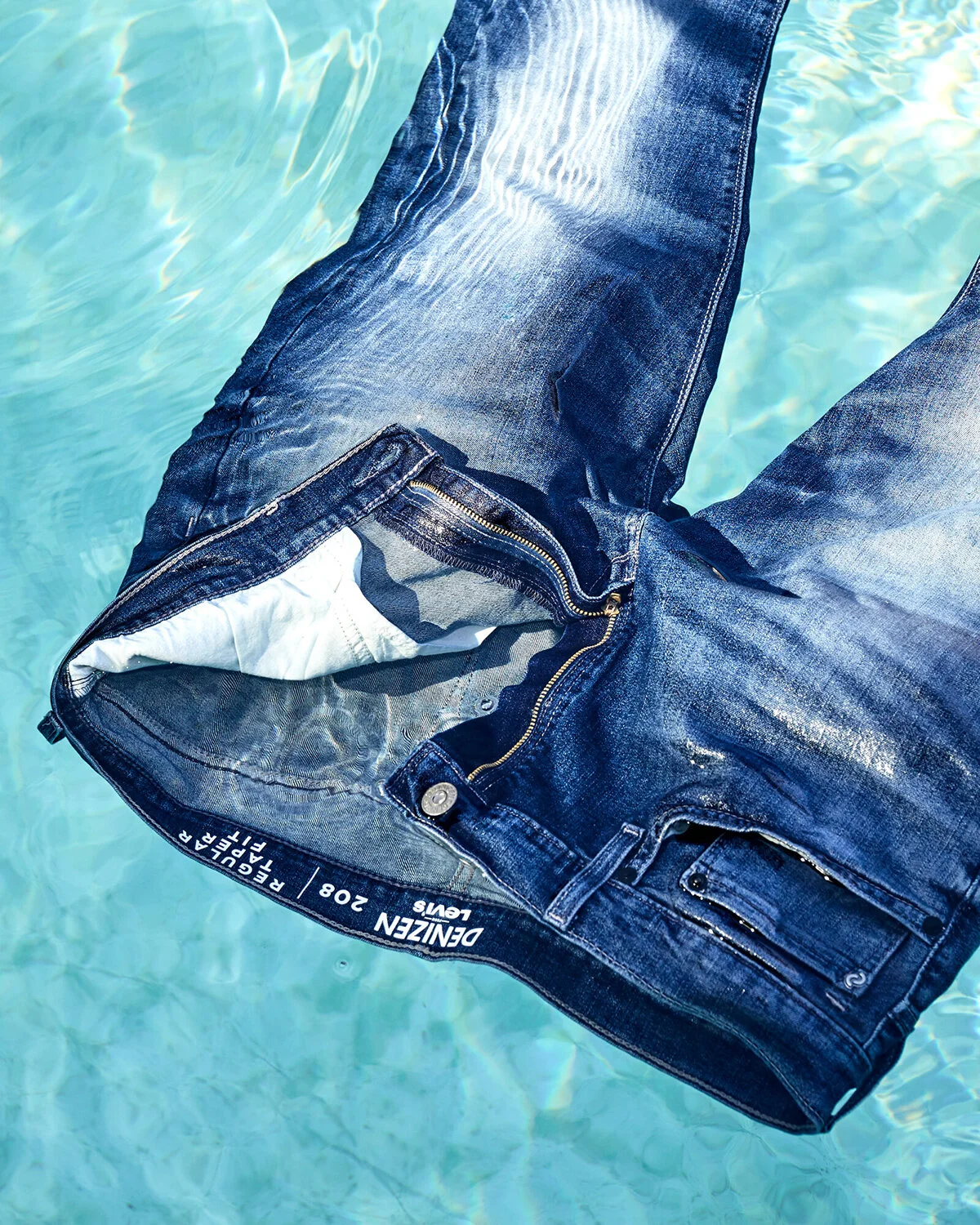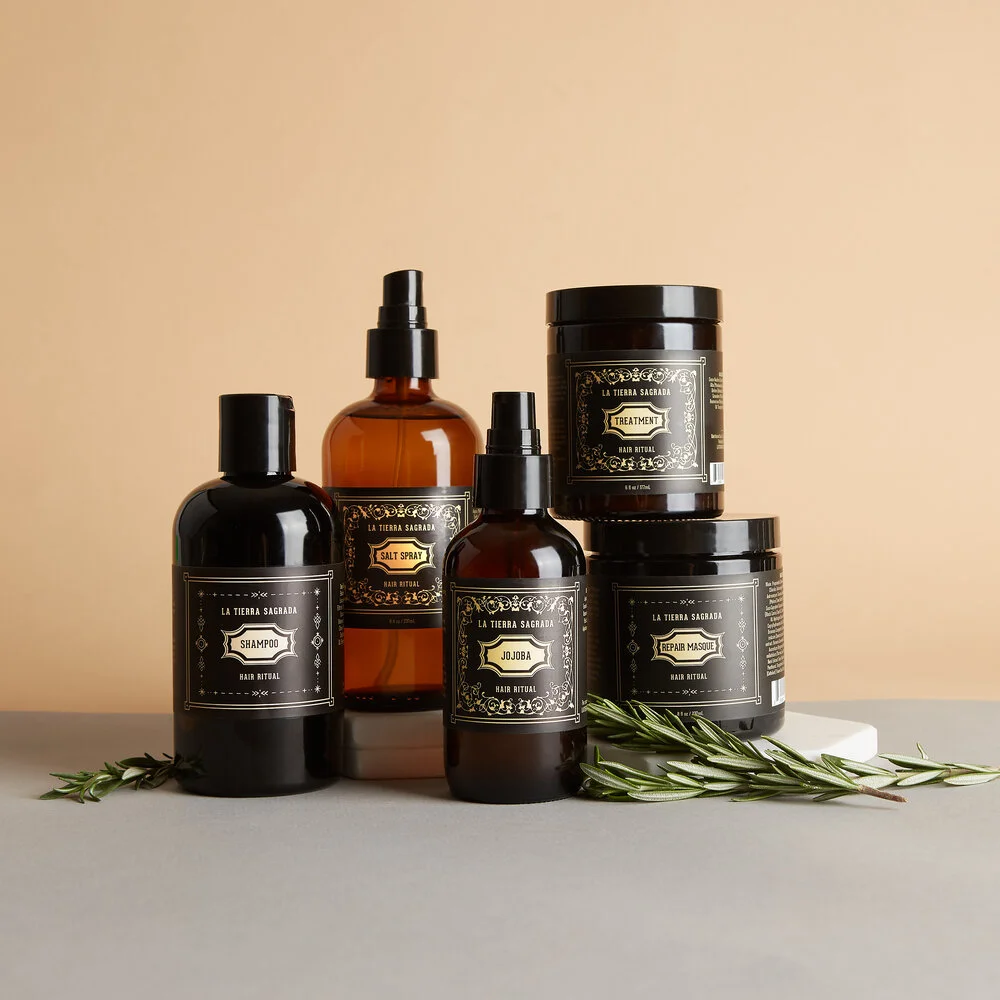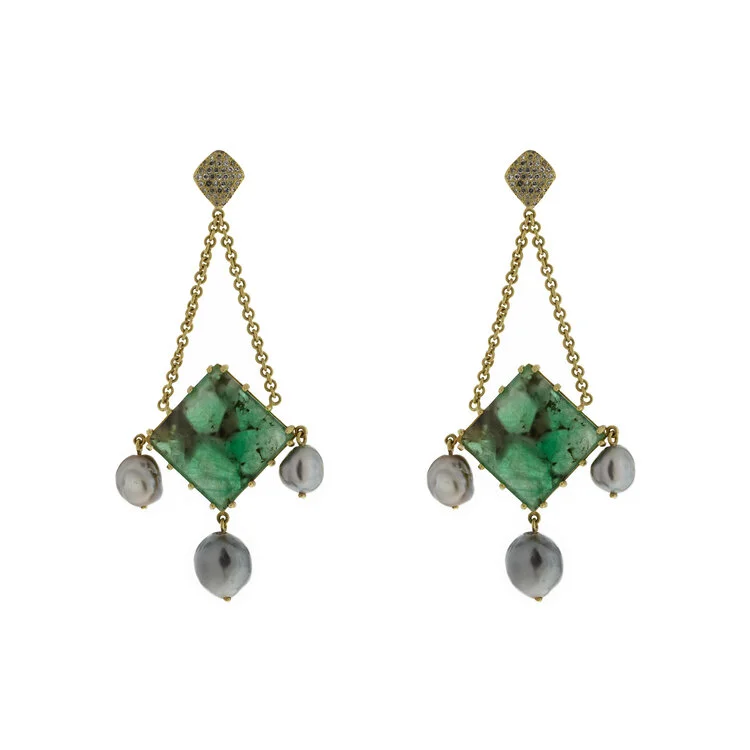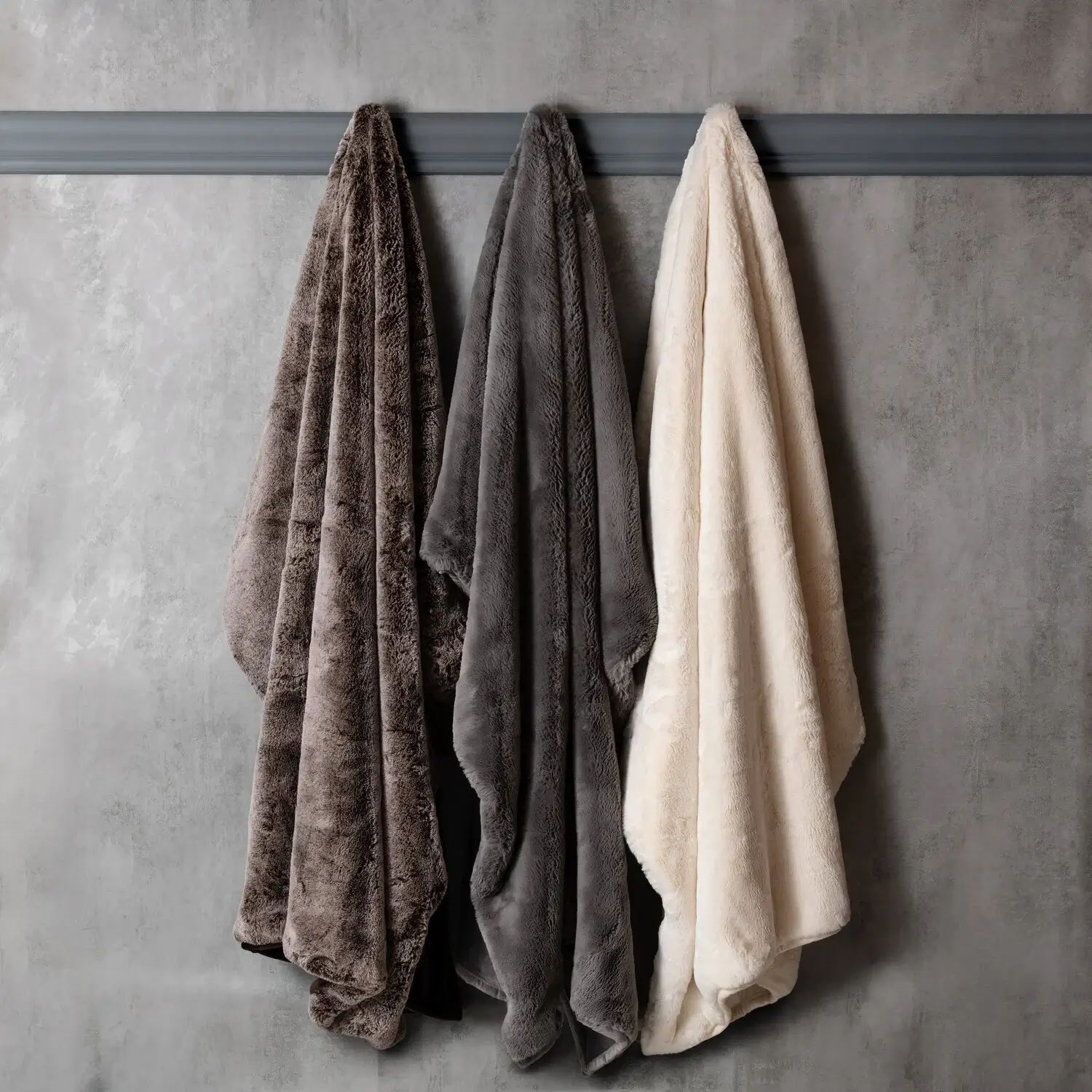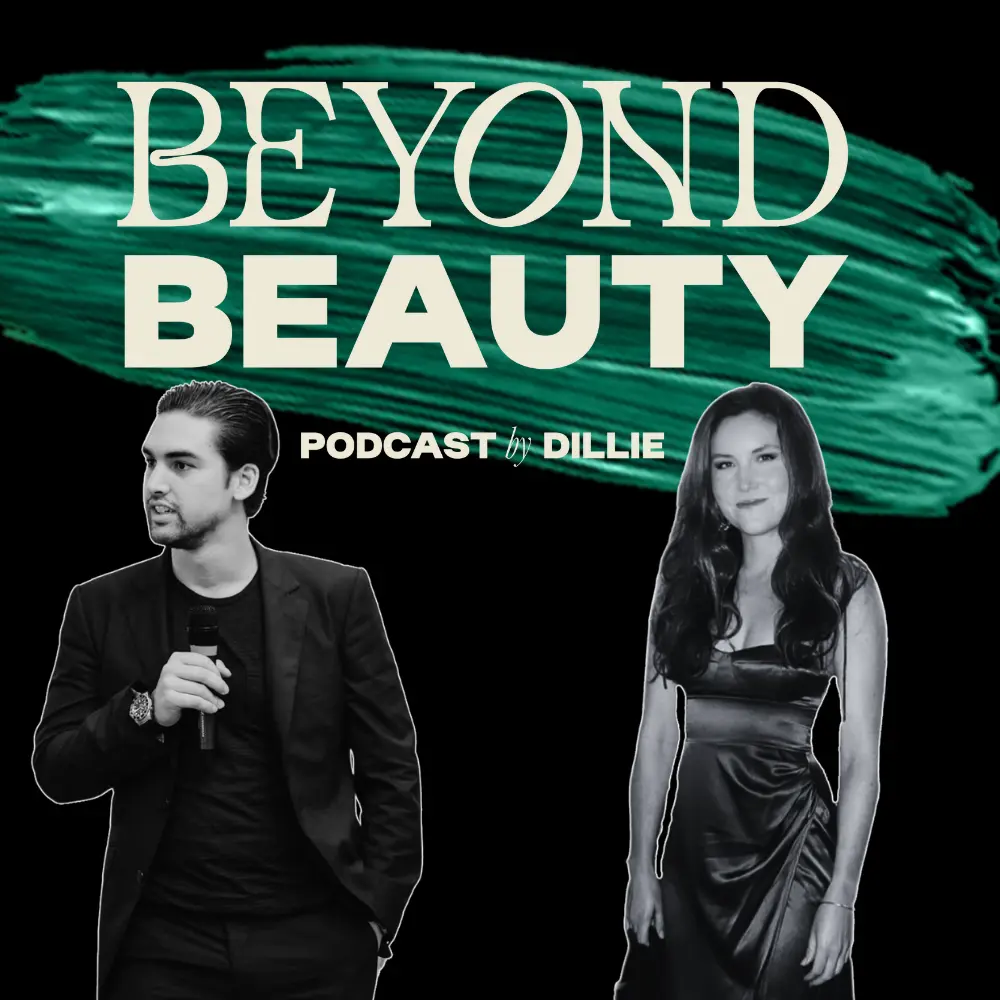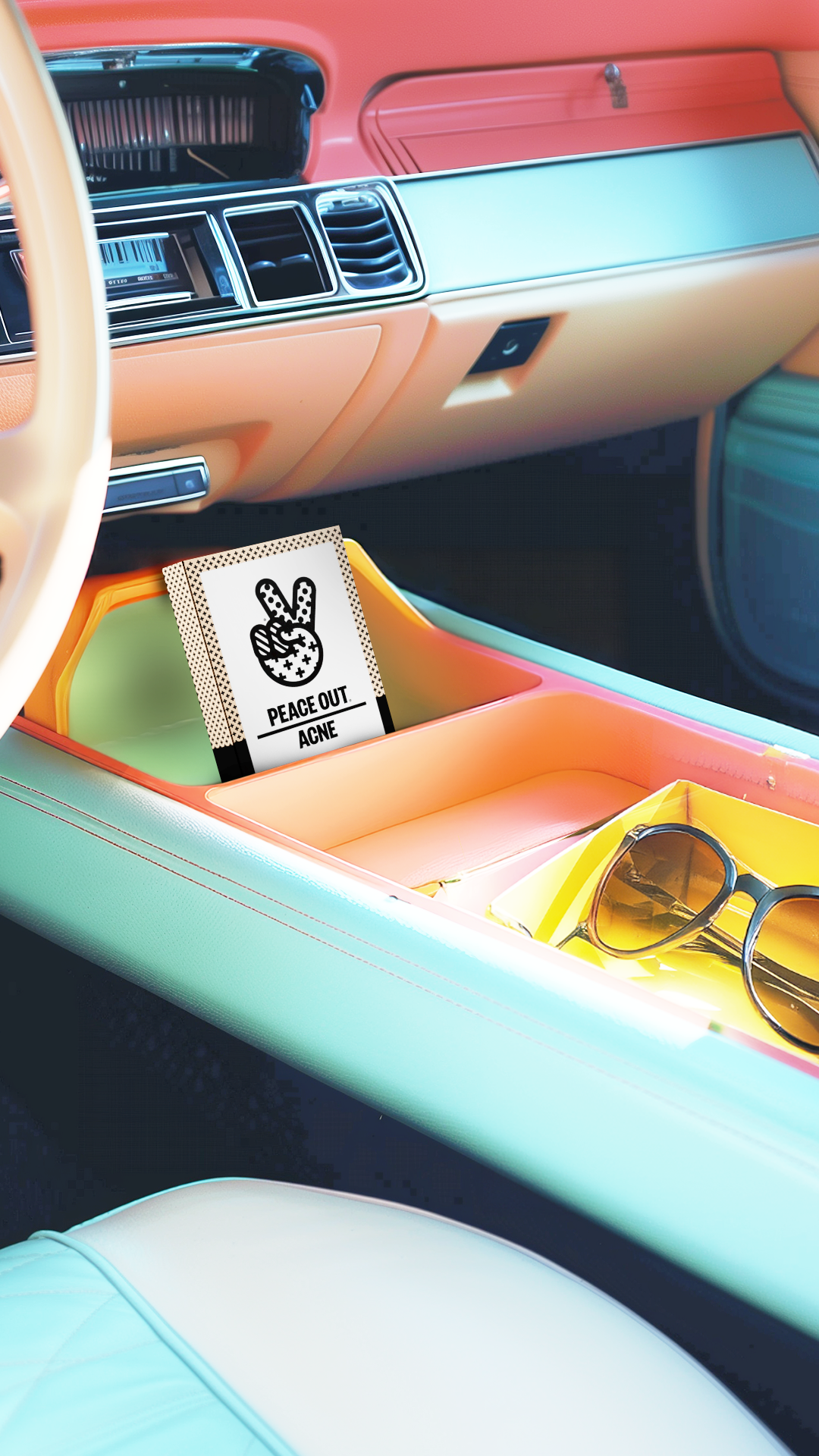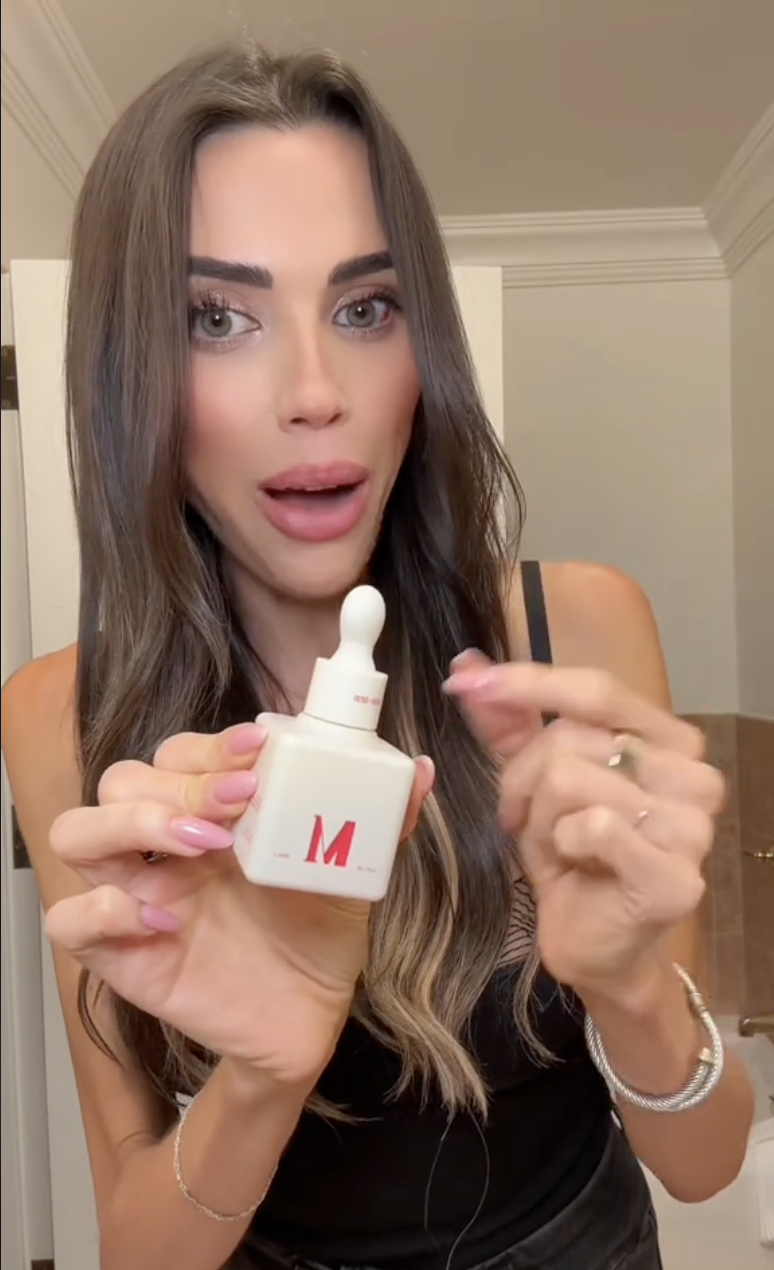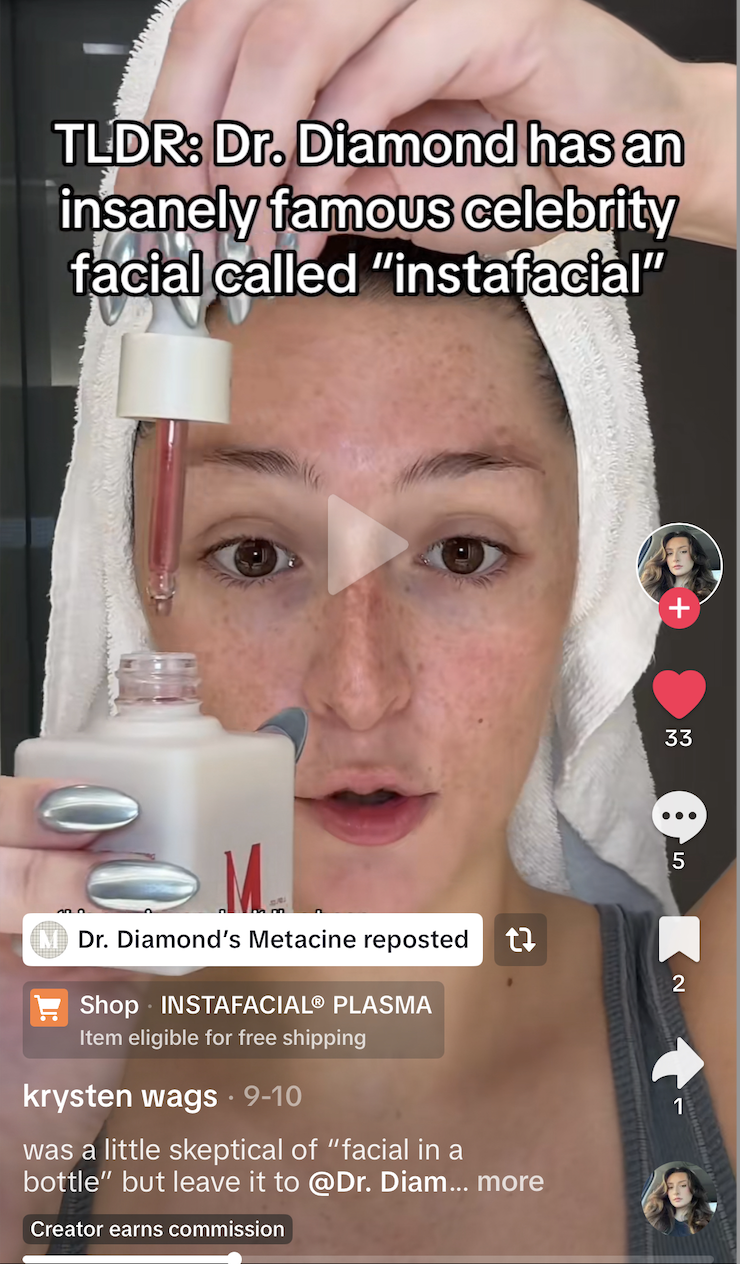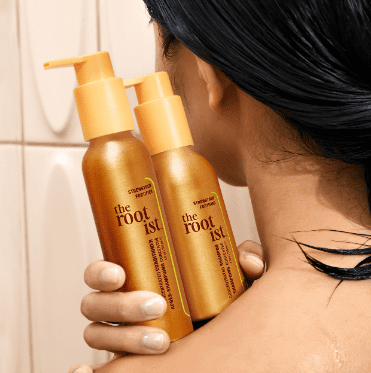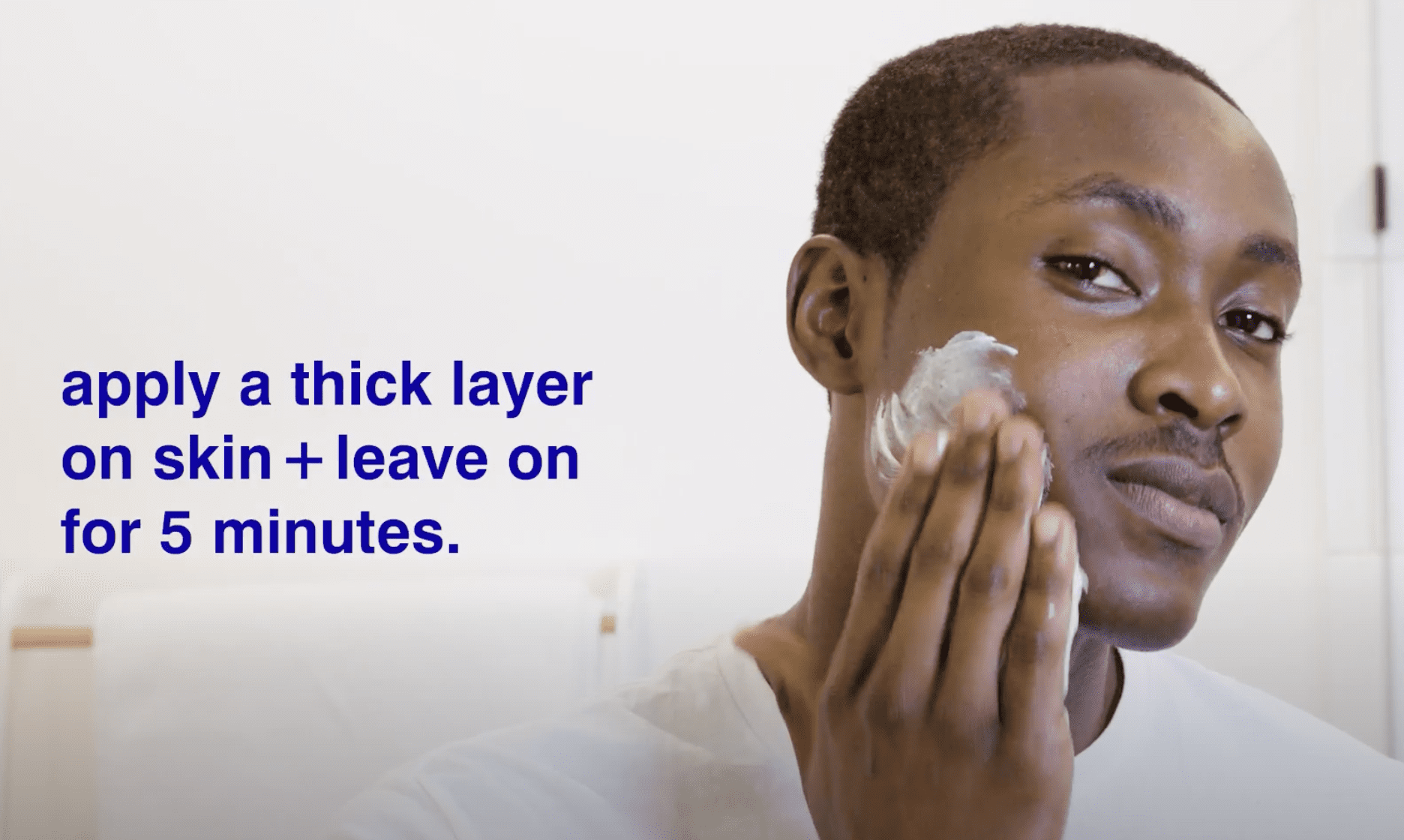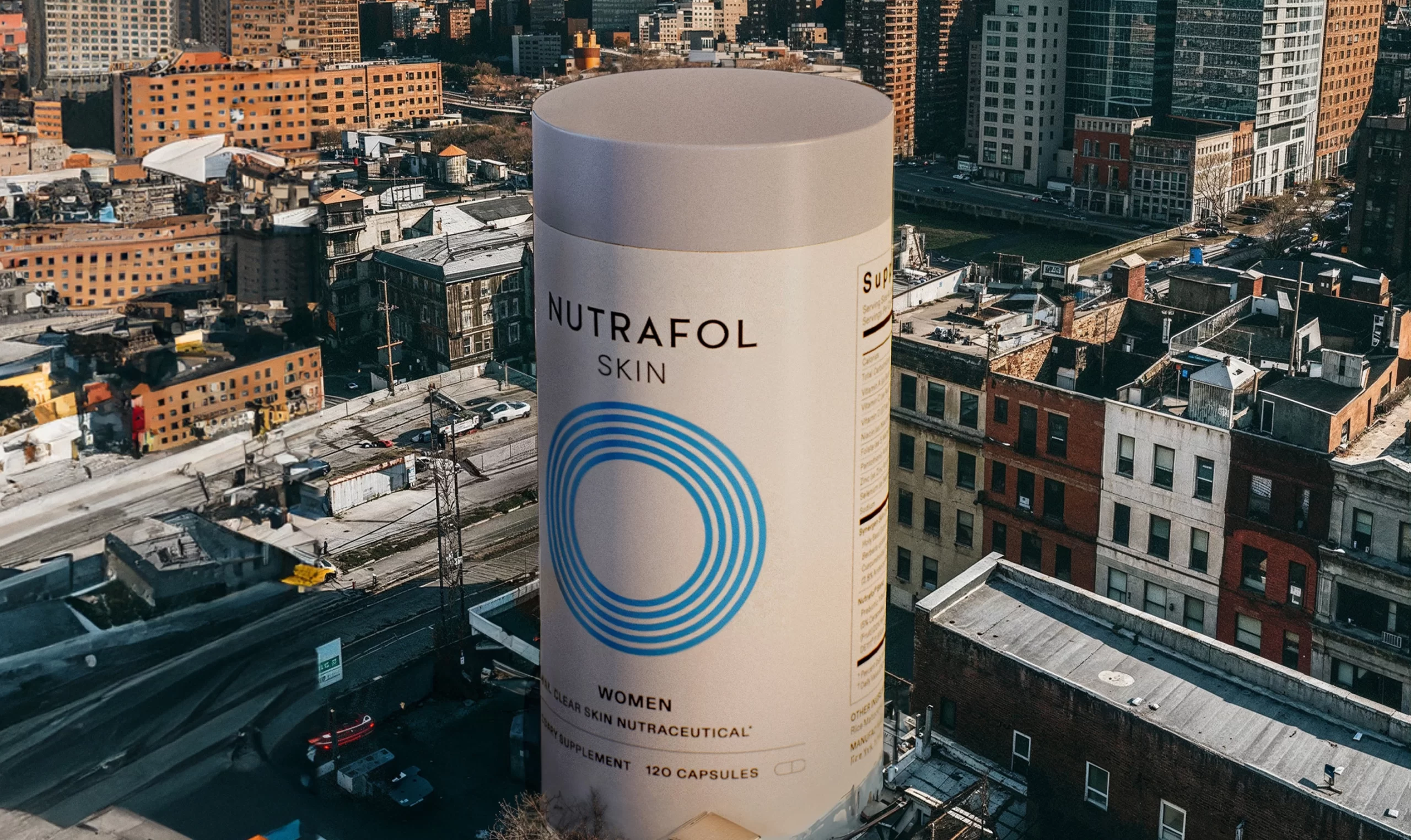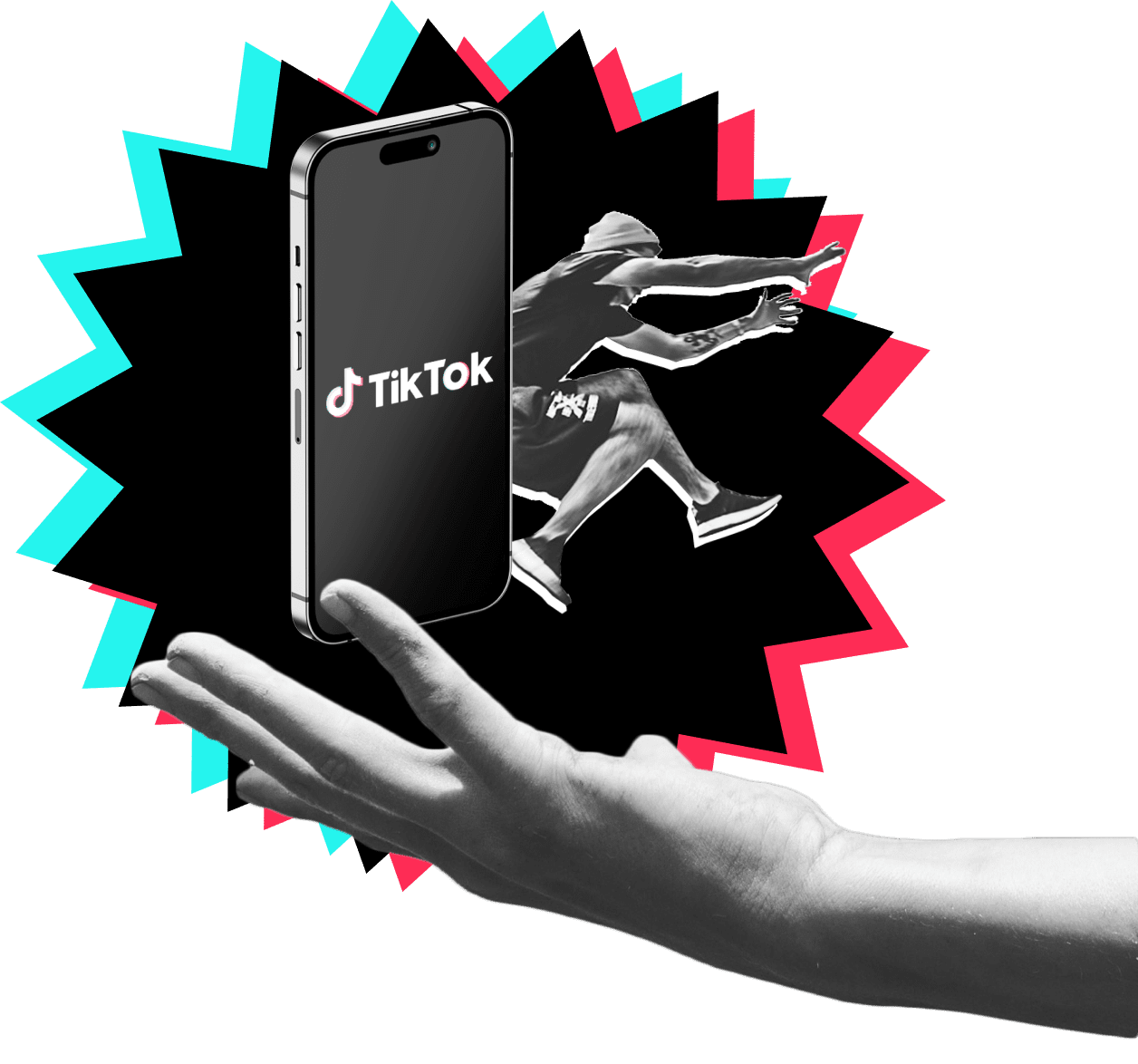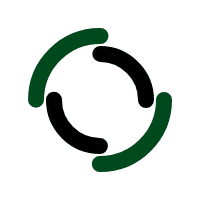In the dynamic world of beauty marketing, staying ahead of the curve is paramount. Enter CGI, a game-changing technology that’s revolutionizing the way beauty brands connect with their audience. CGI, short for Computer-Generated Imagery, has emerged as a powerful tool for creating captivating visuals that elevate brand storytelling and product promotion to new heights.
3D animation, 3D art, CGI videos, and Generative AI videos have created a ton of excitement and hype in the beauty industry, including marketing stunts showing surreal, oversized beauty products in iconic locations, or delivering products from the sky to the street. Working with a CGI beauty marketing agency is the ideal way to ideate and build the CGI and Geni Ai videos quickly for product launches, social media content, PR stunts, and all forms of beauty marketing that leverages new technology.
CGI Grabs the Attention of Beauty Consumers
With the rise of digital platforms and immersive experiences, brands are constantly seeking innovative ways to stand out in a crowded market. Enter CGI (Computer-Generated Imagery), a powerful tool that has revolutionized the way beauty brands engage with their audience. At Dillie, we’re passionate about harnessing the potential of CGI to create mesmerizing marketing stunts that blend real footage with 3D elements, pushing the boundaries of creativity and imagination.
Traditional Visual Marketing
For decades, beauty marketing relied heavily on traditional visual mediums such as print ads, billboards, and television commercials. While these platforms were effective in their time, they lacked the interactivity and engagement that today’s consumers crave.
Enhancing Product Promotion with CGI
CGI has transformed the way beauty brands promote their products, offering endless possibilities for creativity and innovation. By leveraging CGI, brands can create virtual try-on experiences, augmented reality filters, and immersive digital campaigns that engage and inspire consumers.
CGI has emerged as a game-changer in beauty marketing, offering brands the opportunity to create visually stunning and immersive experiences that captivate and inspire audiences. As technology continues to evolve, the future of beauty marketing looks brighter than ever before.
Impact of CGI on Beauty Advertisements
CGI has had a profound impact on beauty advertisements, enabling brands to push the boundaries of creativity and imagination. From hyper-realistic product renderings to surreal campaign imagery, CGI allows brands to capture the essence of their products in ways that were once unimaginable.
Maybelline’s recent viral success with a CGI mascara video.
The Maybelline CGI video, initially released in 2018, has resurfaced and gained traction once again, captivating audiences with its mesmerizing visuals. Created using CGI technology, the video showcases the transformative power of Maybelline’s mascara, with lashes appearing to lengthen and volumize in an eye-catching display. The resurgence of the video highlights the enduring appeal of CGI in beauty marketing, as it continues to capture viewers’ attention and generate buzz on social media platforms. Maybelline’s innovative use of CGI demonstrates the brand’s commitment to creativity and innovation in its marketing efforts, solidifying its position as a leader in the beauty industry.
Imagine this: a beauty brand launching a new product line with a marketing stunt that leaves audiences awestruck. Picture a surreal landscape where vibrant colors dance across the screen, seamlessly blending with real-life footage of models showcasing the latest makeup trends. This is the magic of CGI in action.
Here’s how Dillie leverages CGI to create unforgettable marketing stunts for beauty brands:
1. Blending Real Footage with CGI: One of the key techniques we employ is seamlessly blending real footage with CGI elements. By integrating CGI into live-action videos, we create a visually stunning narrative that captures viewers’ attention from the first frame. Whether it’s transforming a mundane cityscape into a whimsical wonderland or adding otherworldly effects to a makeup tutorial, blending real footage with CGI allows us to craft captivating storytelling experiences that resonate with audiences.
2. Creating Immersive 3D Environments: With CGI, the possibilities are limitless. We harness the power of 3D modeling and animation to create immersive environments that transport viewers to fantastical worlds. From enchanted forests to futuristic cityscapes, our team of CGI artists brings beauty brand campaigns to life in ways that were once unimaginable. By immersing audiences in these digital realms, we create memorable brand experiences that leave a lasting impression.
3. Pushing the Boundaries of Creativity: CGI empowers us to push the boundaries of creativity and imagination. With advanced rendering techniques and cutting-edge software, we can create hyper-realistic visuals that blur the line between fantasy and reality. Whether it’s showcasing the intricate details of a product or visualizing abstract concepts, CGI allows us to bring even the most ambitious ideas to fruition. By daring to dream big and think outside the box, we create marketing stunts that captivate and inspire.
CGI has revolutionized the way beauty brands approach marketing stunts, allowing them to create immersive experiences that captivate audiences’ imaginations. By blending real footage with CGI and leveraging 3D technology, brands can push the boundaries of creativity and storytelling, forging deeper connections with consumers in the digital age.
Highlights of Beauty and Personal Care Brands Using CGI
Maybelline leveraged CGI for their Sky High Mascara promotion in London
Skinceuticals drove hype with their skincare across New York and around Santa Monica
Benefit teamed up with Ulta saying, “it’s a sign from the Beneverse 🪐✨ Bestselling BADgal BANG! mascara has officially landed in three limited-edition colors!”
Beis resolved a PR issue with a bag cleaning message to clear up false claims
Similar videos are promoting Kylie Cosmetics’ debut at the UK retailer Asos. The Drum reports, “The augmented reality (AR) ad depicts a pale pink mascara tube winding its way through a subway station on the London Underground. Pink-mascara-tube-meets-train-in-AR might sound familiar…” Asos posted another video on Instagram @asos showing a giant Kylie Cosmetics lip gloss floating along the River Thames in front of the London Eye. See more here
What is CGI
CGI stands for Computer-Generated Imagery. It refers to the use of computer software to create images, animations, or special effects that appear realistic or fantastical. CGI can encompass a wide range of techniques and applications, from simple 2D graphics to complex 3D renderings.
In the context of beauty brand marketing, CGI allows brands to create visually stunning and immersive experiences that captivate their audience’s attention. For example, beauty brands can use CGI to showcase their products in virtual try-on experiences, create augmented reality filters for social media platforms, or produce surreal campaign imagery that pushes the boundaries of creativity.
Overall, CGI is a powerful tool that enables brands to bring their creative visions to life in the digital world, opening up endless possibilities for storytelling, engagement, and brand building.
What is 3D Animation?
3D animation is a technique used to create moving images in a three-dimensional digital environment. Unlike traditional 2D animation, which involves drawing or painting images on a flat surface, 3D animation involves creating and manipulating objects in a virtual space with depth, width, and height.
In 3D animation, artists use specialized software to model three-dimensional objects, apply textures and materials to them, and animate them by specifying their movement, rotation, and scale over time. These objects can range from simple geometric shapes to highly detailed characters, creatures, and environments.
The process of creating a 3D animation typically involves several steps, including:
1. Modeling: Artists use 3D modeling software to create the shapes and forms of the objects that will appear in the animation. This can involve building objects from scratch using geometric primitives like cubes, spheres, and cylinders, or sculpting them using digital sculpting tools.
2. Texturing: Once the basic shapes are created, artists apply textures and materials to them to give them realistic or stylized appearances. Textures can include colors, patterns, and surface details like bumps and scratches.
3. Rigging: Rigging is the process of adding a digital skeleton to 3D models, allowing them to be animated. This involves creating a system of joints, bones, and controls that artists can use to manipulate the movement of the model.
4. Animation: With the models rigged and ready, artists animate them by creating keyframes that define the position, rotation, and scale of the objects at different points in time. The software then interpolates between these keyframes to create smooth motion.
5. Rendering: Once the animation is complete, the final step is rendering, where the software calculates the appearance of each frame of the animation based on factors like lighting, shadows, and reflections. This can be a computationally intensive process that may require powerful hardware to complete.
3D animation is widely used in various industries, including film, television, video games, advertising, and architecture, to create engaging and immersive visual experiences. It offers artists and storytellers a powerful medium for bringing their ideas to life and capturing audiences’ imaginations.
What is the future of beauty marketing and technology?
Technology will continue to play a significant role in beauty marketing, with advancements in augmented reality (AR), virtual reality (VR), and artificial intelligence (AI) enabling brands to create immersive and interactive experiences for consumers. Virtual try-on experiences, AI-powered skincare analysis, and AR-powered makeup tutorials are just a few examples of how technology is being integrated into beauty marketing.
Beauty brands embrace new technologies
Beauty brands have embraced new technology in various ways to enhance their products, services, and marketing efforts. Here are some examples of how beauty brands have leveraged technology:
1. Augmented Reality (AR) Virtual Try-Ons: Many beauty brands have developed AR applications that allow customers to virtually try on makeup products using their smartphones or computers. These apps use facial recognition technology to overlay virtual makeup products onto the user’s face in real-time, allowing them to see how different shades and products look before making a purchase. This technology enhances the online shopping experience, increases engagement, and reduces the need for physical product sampling.
2. Artificial Intelligence (AI) Skin Analysis: Some beauty brands have incorporated AI-powered skin analysis tools into their websites or mobile apps. These tools use advanced algorithms to analyze the user’s skin condition and provide personalized skincare recommendations based on factors such as skin type, concerns, and environmental factors. By leveraging AI, brands can offer tailored skincare solutions that address individual needs and preferences.
3. Smart Beauty Devices: Beauty brands have introduced a range of smart beauty devices that utilize technology to enhance skincare and beauty routines. These devices may include facial cleansing brushes with customizable settings, smart mirrors equipped with skin analysis capabilities, and at-home beauty gadgets such as LED light therapy masks and microcurrent devices. Smart beauty devices offer consumers convenient and personalized solutions for improving their skincare and beauty regimens.
4. Virtual Events and Experiences: In response to the COVID-19 pandemic and the rise of digital experiences, beauty brands have increasingly turned to virtual events and experiences to connect with consumers. These events may include virtual product launches, live-streamed makeup tutorials, and interactive Q&A sessions with beauty experts. By leveraging technology, brands can engage with a global audience, foster community, and generate excitement around new product releases.
5. Customization and Personalization: Many beauty brands have embraced technology to offer customized and personalized products and experiences to their customers. This may include personalized skincare formulations tailored to individual skin concerns, custom-blended makeup products to match specific skin tones, and bespoke fragrance creation services. By harnessing technology, brands can create unique and tailored solutions that resonate with consumers on a personal level.
Overall, beauty brands have embraced new technology to innovate and enhance various aspects of their products, services, and marketing strategies. By leveraging AR, AI, smart devices, virtual experiences, and customization, brands can offer more engaging, personalized, and convenient solutions to meet the evolving needs and preferences of consumers.
To learn more about creating CGI, 3D animation and Generative AI videos for beauty marketing, connect with Dillie here.
